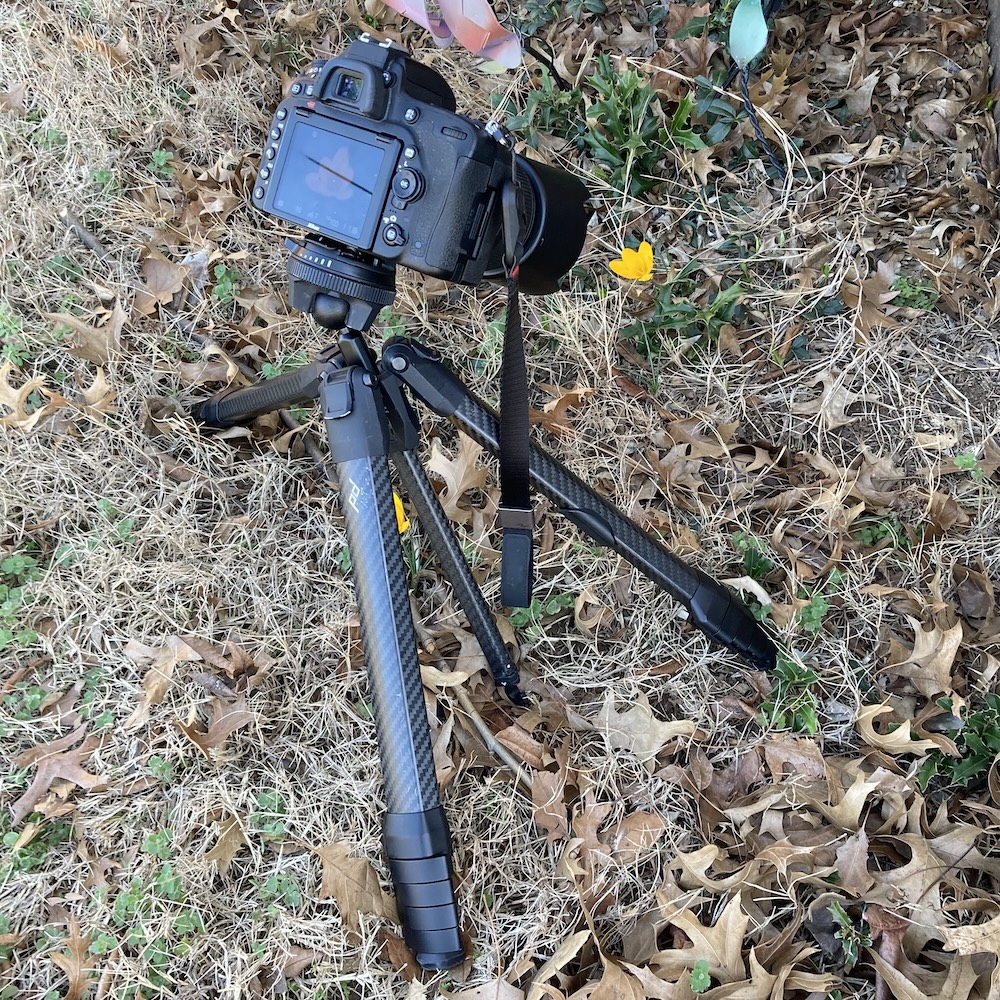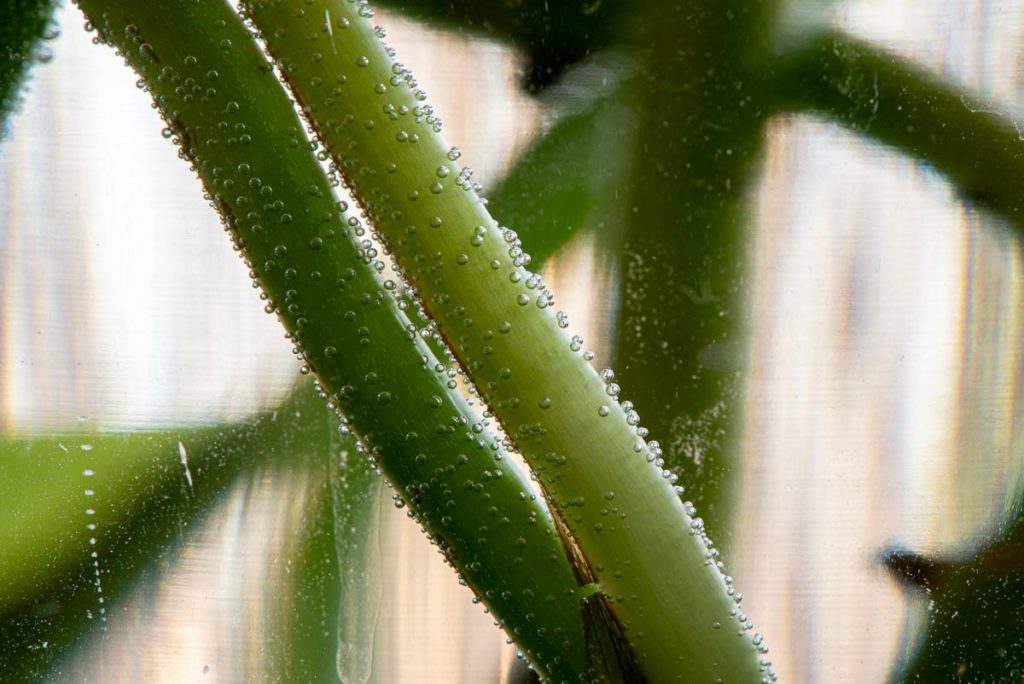
I grew up in Lincoln, Nebraska, and one of the most prominent structures in the entire city, and probably that whole part of the state, is the Capital building. At 400 feet tall, it towers over everything else in sight and dominates the city skyline, and is a welcome sight for tired eyes after a long drive down Interstate 80. I visited the building once or twice when I was a kid, but didn’t really think much of it other than it was a big building where important people met to make laws and look out on the city from the 14th floor observation deck. When my wife and I visited family in Lincoln recently, we thought it would be nice to take our kids to the state capitol building to relive some old memories but also see things from an adult perspective, and hopefully walk away with a renewed appreciation for what those storied halls and rooms represent for our democracy. We asked my parents if they would like to go with, that’s how the six of us spent the better part of our morning walking through hallways, going up and down stairs, and even listening to a floor debate in the legislature from the balcony. It was fun, educational, and even a bit enlightening while also serving as a cool way to show our own kids that participating in a representative democracy is something anyone here in the United States can do.
The visit also gave me some cool photo opportunities, like the one you see here. This is a hallway (obviously) with busts of several Nebraska governors lining one side, and light pouring in from the wall. The stark contrast between light and shadow prompted me to do something I almost never do when taking photographs: shoot in black-and-white. I will occasionally use Lightroom to convert images to monochrome ex post facto, but I can probably count on one, if not two, hands the number of instances in which I shot images exclusively using black and white. My Fuji X100F has what is, apparently, quite a good black-and-white simulation called Acros but I almost never use it because, well, I guess I just like the look of color photographs. This situation, however, seemed to be quite appropriate for black-and-white given that the actual scene was almost devoid of color anyway, and the contrast between light and shadow was so prominent already.
I knelt down to get a low angle, adjusted the aperture to f/4 (leaving Auto-ISO enabled, with a minimum shutter of 1/125 second) and snapped a couple of shots. If I had a tripod and more time I would have carefully created a more considered composition, but as it stands I think the final result isn’t that bad. I like the old-school water fountain on the right side of the image too, kind of like a bonus :) I don’t think I’ll be doing black-and-white photography much more any time soon, but it was, and still is, fun to experiment with every now and then.





